Decoys
WHAT ARE DECOYS?
Operating much like a scarecrow in a field, decoys have been suggested as a bycatch mitigation strategy in longline and gillnet fisheries to ward off marine life that may otherwise become hooked or entangled in fishing gear. In gillnets, predator-shaped cut outs are placed at regular intervals along the net, hoping to trigger an innate avoidance response in the bycatch species ( for example, shark shapes have been used to keep turtles away). It may also be possible to string decoy shapes underneath a baited longline hook.
Decoys are only effective if they successfully deter bycatch species, whilst simultaneously not scaring off target species. For this to succeed, the design of the decoy must exploit the visual system differences between the target species (e.g. tuna) and the non-target species (e.g. turtles). Understanding and manipulating this difference is key to the development of an effective decoy.
CURRENT RESEARCH & USE
The use of decoys as a strategy to reduce turtle bycatch has been tested in a Mexican bottom-set gillnet fishery and has shown that an avoidance response does occur. In these trials the presence of shark shapes reduced turtle bycatch by 54%, however, the same decoys also reduced catch of target species by 45%. This negative impact on target catch would thus have to be overcome before the decoys could be used commercially. Through exploiting the differences in the visual, auditory or olfactory systems of both target and non-target species, it may be possible to reduce the incidence of bycatch whilst maintaining target catch rate.
Although decoys have, to date, only been predominantly tested on turtles, there is potential for use as a bycatch mitigation strategy for other species, dependent on our understanding of how such species (such as seals) sense their surrounding environment.
This page was last updated on 12.02.21.
Interested in how this and other measures could mitigate bycatch in your fishery? Get in touch with us to collaborate or take part in a study.
